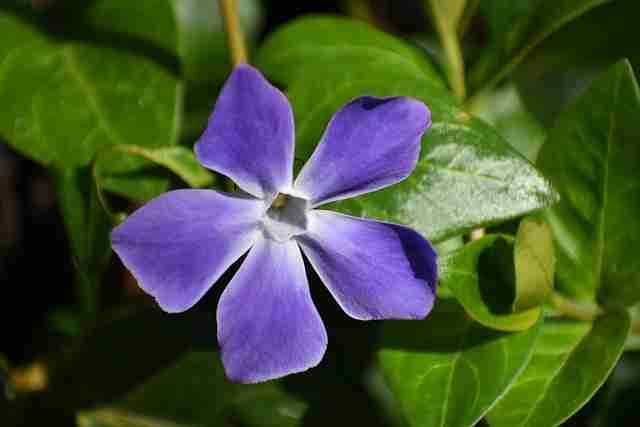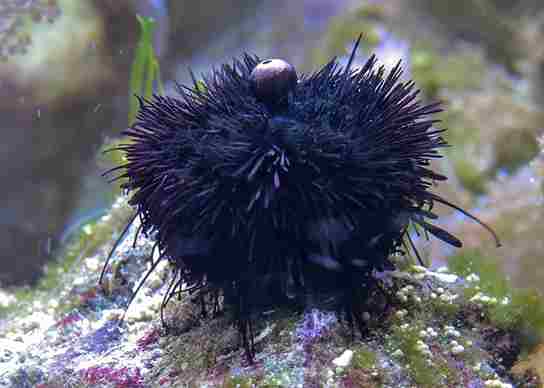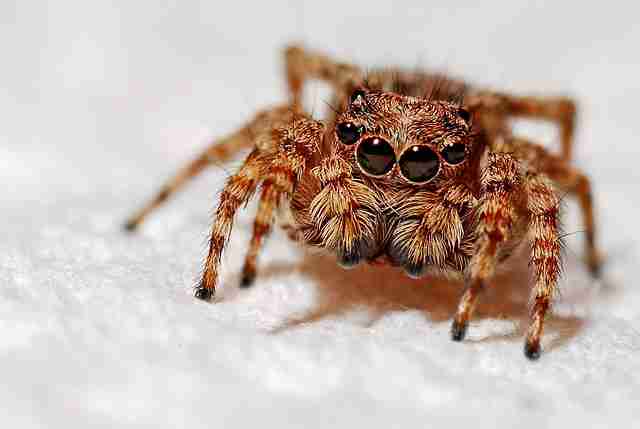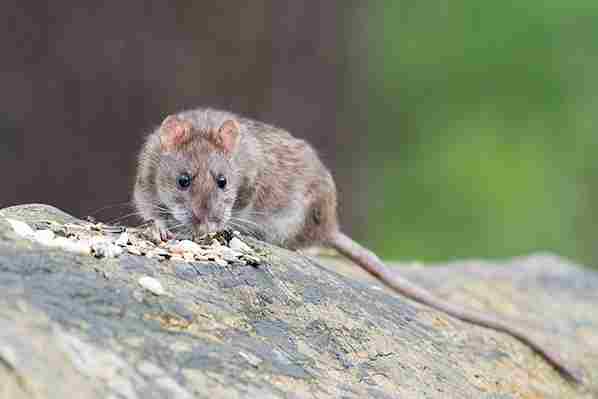Do Rabbits Eat Vinca? (What To Do!)
Vinca are notorious for their brightly colored flowers, attractive foliage, and incredible heat tolerance. However, some gardeners often claim that they’ve been attacked by rabbits. So, do rabbits eat vinca?
While rabbits eat a lot of flowering plants, they typically stay away from vinca due to its leathery leaves and tough stems.
Read more to find out more about why rabbits avoid vinca and what you can do to protect your flower.

Do Rabbits Eat Vinca?
Rabbits don’t typically eat vinca because of its tough stems and hairy leaves. In general, rabbits prefer to eat tender leaves and shoots; however, during periods when their preferred food sources are scarce, they may resort to eating vinca and other plants that are seemingly rabbit-resistant.
In addition to its rough texture, vinca has a sour taste, which is another turn-off for rabbits.
Studies also show that vinca contains alkaloids which are toxic and can cause several issues, including digestive issues such as bloating and diarrhea and possible poisoning, especially when consumed in large amounts.
Also, the tough, fibrous stems can be difficult to chew and swallow and may create a choking hazard.
How To Keep Rabbits From Eating Vinca
Here are different methods you can apply to keep rabbits away from your vinca plant:
Fencing
One of the best ways to keep rabbits from entering your garden is to use fencing. While this might take some time and effort, it will serve as a permanent solution once it’s set up. In other words, you won’t need to reapply repellents every time there’s a shower.
One thing to note when installing a fence is the height. Rabbits typically don’t jump more than 2 feet, so you will want to set up fencing that is at least 2 feet high or more. It’s best to use a wire fence that has not more than 1-inch openings; smaller is better. This could be a rabbit wire or a chicken wire fence.
Use stakes to support the fencing while anchoring the bottom with landscape pins. This will keep the rabbits from wiggling through underneath. Some wild rabbits may attempt digging under the fence; to prevent this, the lowest 2-3 inches of the fence should be buried into the ground.
Similarly, you can use a chicken wire cage if there are just a few plants you want to encircle.
Targeted Cover
If you want to protect only your vinca, then you can just focus your efforts on protecting that particular area. In this case, you can consider targeted coverage. This usually involves wrapping or covering the plant with a garden fabric, then supporting the fabric with with hoops.
This method is quick and provides an easy way to shield the entire bed or area of vinca. Or any other flower or plant of interest from a possible rabbit attack. Ensure the fabric is well secured (anchored) on all sides.
Natural Repellents
When it’s not practical to use a fence, you can scatter scents around your vinca or garden that rabbits don’t like. There are certain odors that are offensive to rabbits; sprinkling them around the vinca plants can potentially keep them away. Some of these scents can also repel deer. I have listed a good number of them below:
- Garlic
- Rotten eggs
- Fish emulsion
- Talcum powder
- Vinegar
- Ammonia
- Hot pepper
- Mothball
- Dried sulfur
- Citrus peels
You can apply these items by dusting/sprinkling them around the plant or dilute with water in small bottles and spray them.
WARNING: Don’t apply vinegar or ammonia directly to the plant. Instead, pour them into small jars or containers with tiny holes to let out the smell. Then, place them around the garden.
It is worth mentioning that repellents may not always be effective. Besides the fact that you need to reapply them often, especially after the rain, some rabbits may get used to the smell over time.
READ MORE: Do Rabbits Eat Hostas?
Chemical Repellents
Instead of preparing your own repellent or using an item from your kitchen, you can purchase one.
Like the natural options, chemical repellents can be applied to any plant, tree, or vine that needs protection from rabbits. They usually have an unpleasant scent, taste, or texture, which is supposed to deter rabbits.
However, some of them may not be safe to use on vegetables or other food plants. As a result, you want to read the label and directions to be sure it’s something you can use. If you’re looking for options, consider LIQUID FENCE, which is safe to use for deer and rabbits.
It’s worth mentioning that just like natural repellents, commercial repellents usually work for a short period and need to be reapplied, especially after a downpour.
Scare Tactics
Another method you can try out is to use scare tactics. This way, you won’t have to chase the rabbits yourself. However, this is a temporary fix because sooner or later, the rabbits will realize that it will cause them no actual harm.
Examples of scare devices are sparkly streamers, water sprays, and motion sensor lights. All these can scare off rabbits initially, but over time, the rabbits can get used to them and just ignore them.
The only exception is when you use actual animals like dogs to chase the rabbits away.
If you live in an area with a lot of rabbits, chances are that you will have other wild predators around, such as owls, hawks, and foxes. These animals don’t usually pose much danger to family pets. So they can be allowed to hunt rabbits.
Having said that, to be on the safe side, you’re better off with your family dog or house cat; these are effective deterrents.
Rabbit-Deterrent Plants
Even though rabbits are herbivores by nature, there are still many plants and herbs they like to stay away from. If you can incorporate some of these into your yard, you can deter them.
Here’s a list of such plants:
- Lavender
- Bee balm
- Yarrow
- Thyme
- Rosemary
- Mint
- Sage
- Chives
- Rhubarb
- Daffodil
- Yew
- Marigold
- Catmint
- Etc.
Signs Rabbits Are Eating Your Vinca
Rabbits can move at any time, so it’s possible to spot them early in the morning, late afternoon, evening, or night. Generally, rabbits come out when there’s little to no human activity. But besides seeing them, there are certain signs that can show that they’ve been to your garden or yard. These include:
- Piles of droppings around the area where your vinca is planted.
- Tunnels or tiny holes near the base of shrubs or in your garden bed.
- Rabbit furs in front of holes leading to a burrow.
- Grazed plants, which may include your vinca.
- Small footprints in the soil or mud.
- Damage (usually small teeth marks) to tree barks.






